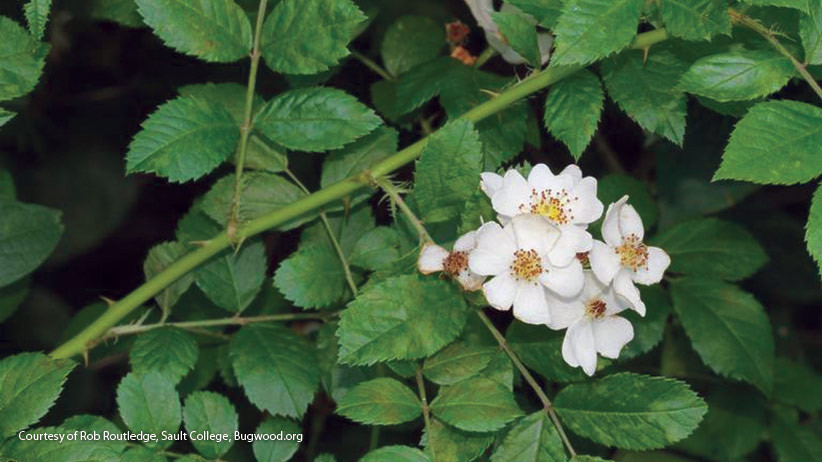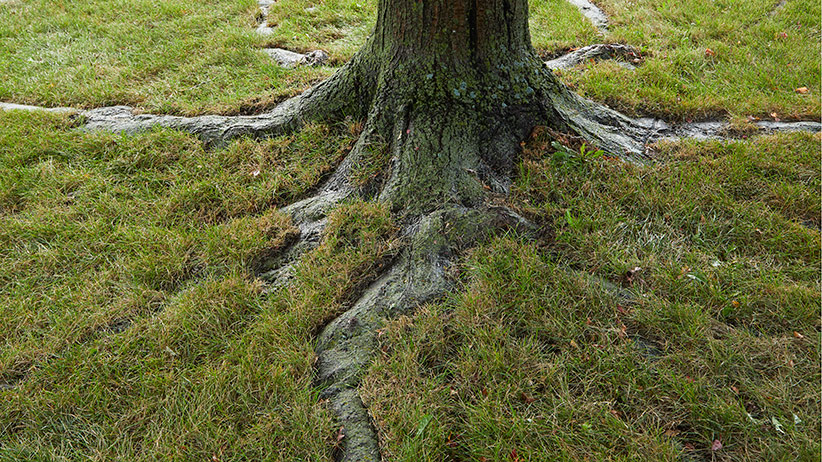Garden spiders are creepy but cool
A spider is one of a gardener’s best friends. It may not be as pretty as a butterfly, or as cute as a frog, but it’s part of a hard-working crew that keeps pests from taking over in the garden. Spiders love to eat insects and they aren't picky eaters. So, yes, they may eat some beneficial insects but they'll also feast on pests like caterpillars, aphids, beetles and flies. Even a small spider gulps down several insects every day. Up to 100 spiders can live in just 3 feet of garden space. Imagine how many pests they can devour!
Invite spiders into the garden
There's not usually much you need to do to encourage spiders to hang out in your garden. Growing plants with varying heights is a good start. Spiders that hunt for their food on the ground prefer low foliage and shadowy hiding places. Web-building spiders need taller, branching plants where they can build their webs. Even ornaments and stones are good places for spiders to settle in for the season.
The most important way to keep spiders around is to avoid using pesticides. These kill off pests, but they also hurt spiders and other beneficial bugs. Unfortunately, it's the pests that are usually the first to recover, meaning they’ll run the garden until the spiders move back in.
You Might Also Like:
Invasive Spotted Lantern Fly and What to Look Out For
How to Deal with Garden Pests
5 Ways to Get Rid of Weeds without Pulling Them
Four common garden spiders
These are just a few of the types of garden spiders you'll come across in the garden. Even if you don’t always notice them, rest assured: Spiders are in there, working just as hard as you are to keep your garden healthy and beautiful.
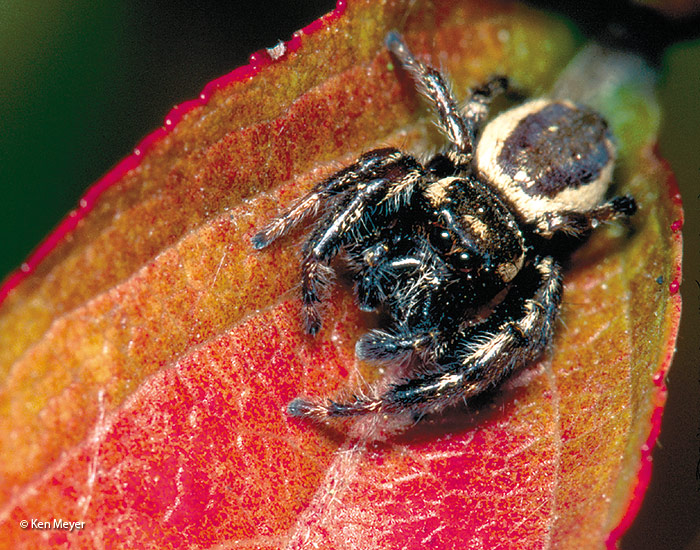
Jumping spiders
Instead of building webs, many jumping spiders take shelter under leaf litter and loose rocks. These spiders are less than 1 inch long, with short, squat bodies and two large eyes, surrounded by four smaller ones. Jumping spiders stalk caterpillars and other spiders on the ground.
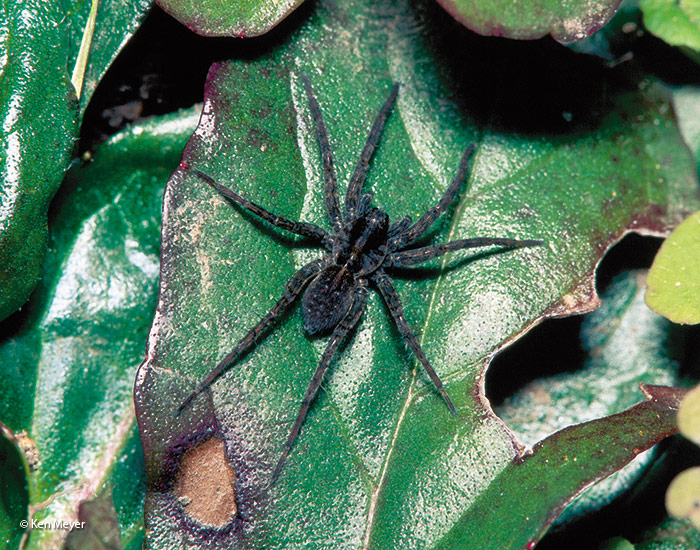
Wolf spiders
Wolf spiders are nocturnal, ground-hunting spiders that chase down and pounce on their prey. The long, hairy legs on the wolf spider above are typical. Wolf spiders range from 1/2 inch to more than 1 inch long, and eat flies, crickets, beetles and ants. They don’t build webs, but some species burrow into the ground.
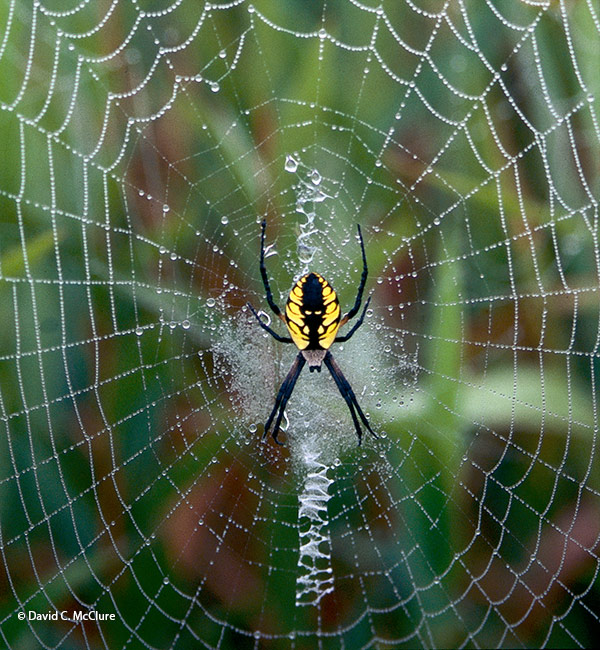
Orb weavers
This family of spiders is named for its large, wheel-shaped webs built from sticky silk strung between tall flowers, grasses, shrubs — or even the porch! Orb weavers sit in the center of their webs until something gets caught. Spiders in this family, such as the yellow garden spider (Argiope auranita) above, love eating grasshoppers, katydids and leafhoppers. They can grow up to 1 inch long, and are found across the United States and around the world.
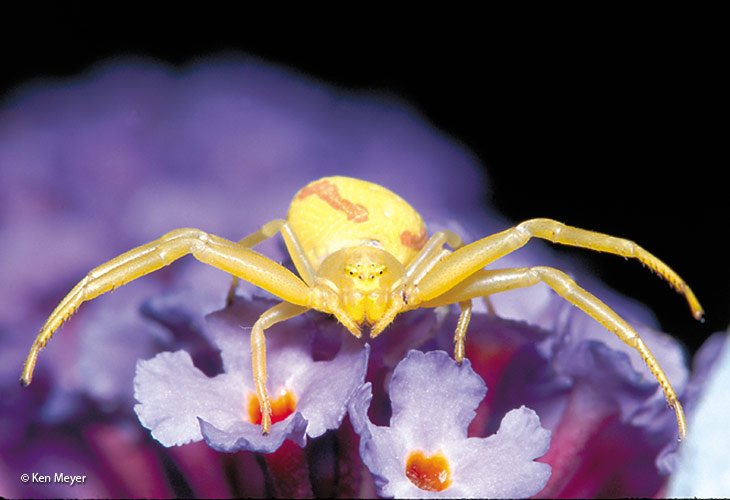
Crab spiders
These tiny spiders (less than 3/10 inch long) were named for their habit of scuttling sideways. The crab spider above is probably waiting on a flower for insects to come searching for pollen. Then it’ll sneak up and grab its unsuspecting prey with powerful front legs. Some crab spiders even have the ability to change colors to match their surroundings. Crab spiders like to munch on bees, flies, moths and beetles.
You Might Also Like:
Meet five common pollinators
Beneficial Garden Insects
How to Attract More Birds to Your Garden














